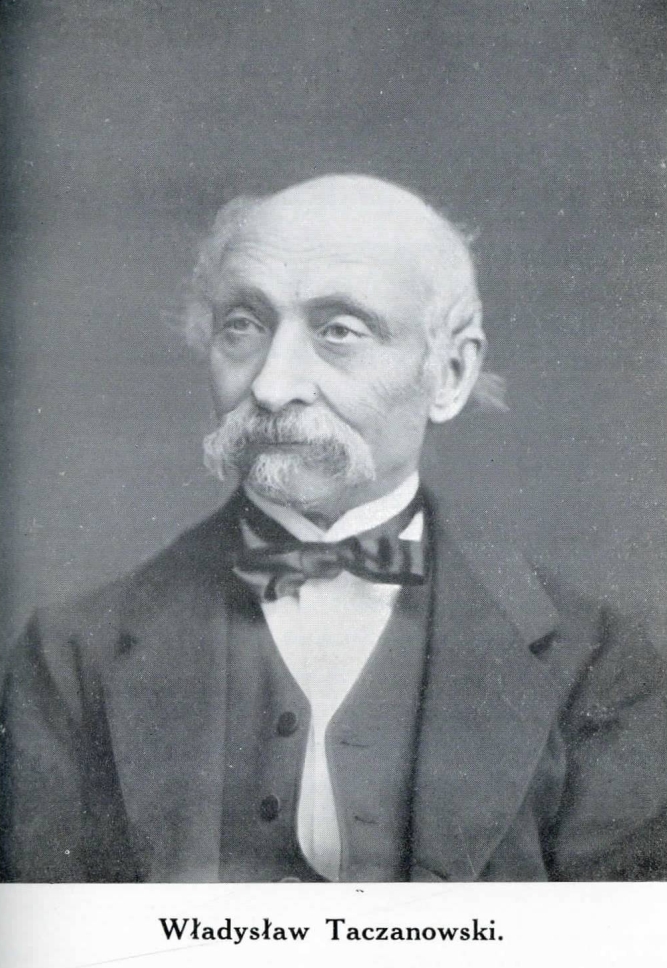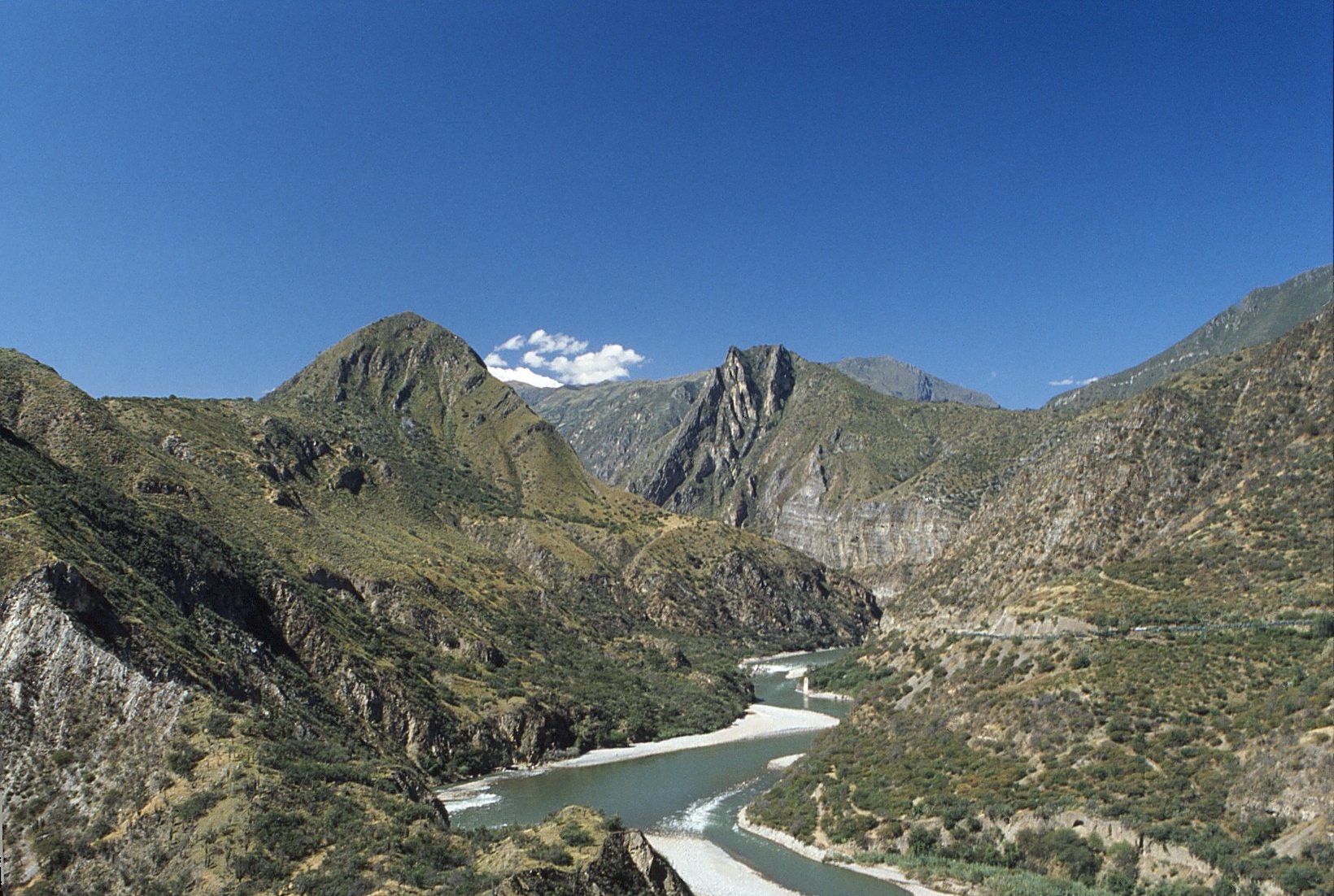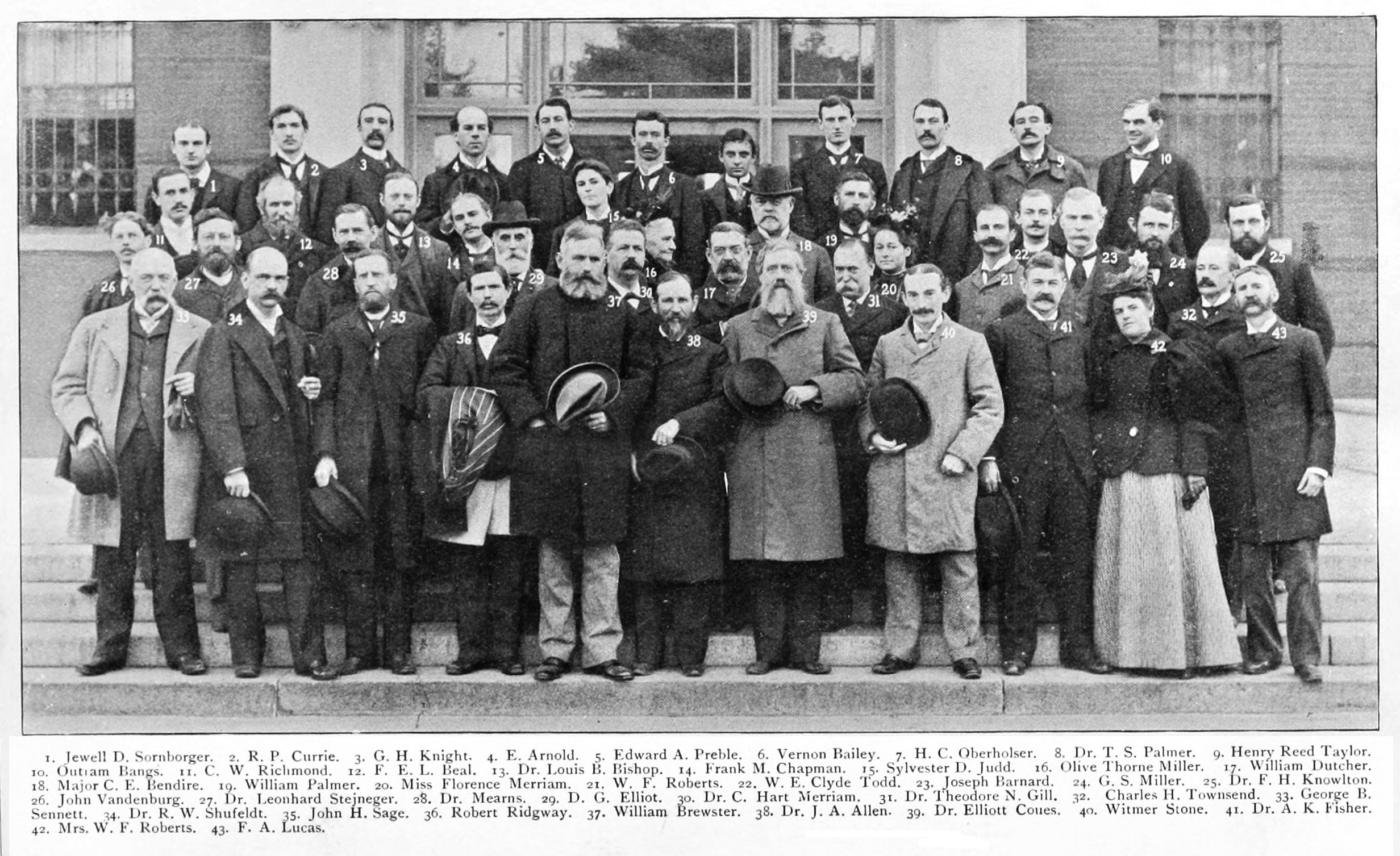|
Puna Snipe
The puna snipe (''Gallinago andina'') is a bird in tribe Scolopancinai and subfamily Scolopacinae of family Scolopacidae, the sandpipers and relatives.HBW and BirdLife International (2022) Handbook of the Birds of the World and BirdLife International digital checklist of the birds of the world. Version 6b. Available at: http://datazone.birdlife.org/userfiles/file/Species/Taxonomy/HBW-BirdLife_Checklist_v6b_Jul22.zip retrieved December 5, 2022 It is found in Argentina, Bolivia, Chile, and Peru.Clements, J. F., T. S. Schulenberg, M. J. Iliff, T. A. Fredericks, J. A. Gerbracht, D. Lepage, S. M. Billerman, B. L. Sullivan, and C. L. Wood. 2022. The eBird/Clements checklist of birds of the world: v2022. Downloaded from https://www.birds.cornell.edu/clementschecklist/download/ retrieved November 10, 2022 Taxonomy and systematics The taxonomic history of the New World snipes of genus ''Gallinago'' is complicated. What is now the puna snipe has in the past been treated as a subspecies o ... [...More Info...] [...Related Items...] OR: [Wikipedia] [Google] [Baidu] |
Władysław Taczanowski
Władysław Taczanowski (; 17 March 1819, in Jabłonna, Lublin Voivodeship – 17 January 1890, in Warsaw) was a Polish zoologist and collector of natural history who explored the Russian Far East and northern Africa. He specialized mainly in ornithology but also described numerous other taxa including reptiles and arachnids. Life A member of an old noble (''szlachta'') magnate family, Taczanowski, from the Poznań region Władysław studied in Lublin and managed the family farm after the death of his father. He then joined government service and served on special missions of the governor of Radom. He joined the Warsaw University Museum in 1855 and began to travel and train at other museums. In 1865 he joined Benedict Dybowski and Victor Godlewski on expeditions to Eastern Russia. In 1862 he succeeded Feliks Paweł Jarocki as curator. Taczanowski took part in an expedition to Algeria with Antoni Waga, Antoni S. Waga (1866–67) and wrote several significant studies including ''Bi ... [...More Info...] [...Related Items...] OR: [Wikipedia] [Google] [Baidu] |
Nominate Subspecies
In biological classification, subspecies (: subspecies) is a rank below species, used for populations that live in different areas and vary in size, shape, or other physical characteristics ( morphology), but that can successfully interbreed. Not all species have subspecies, but for those that do there must be at least two. Subspecies is abbreviated as subsp. or ssp. and the singular and plural forms are the same ("the subspecies is" or "the subspecies are"). In zoology, under the International Code of Zoological Nomenclature, the subspecies is the only taxonomic rank below that of species that can receive a name. In botany and mycology, under the International Code of Nomenclature for algae, fungi, and plants, other infraspecific ranks, such as variety, may be named. In bacteriology and virology, under standard bacterial nomenclature and virus nomenclature, there are recommendations but not strict requirements for recognizing other important infraspecific ranks. A taxo ... [...More Info...] [...Related Items...] OR: [Wikipedia] [Google] [Baidu] |
Birds Of The Puna Grassland
Birds are a group of warm-blooded vertebrates constituting the class (biology), class Aves (), characterised by feathers, toothless beaked jaws, the Oviparity, laying of Eggshell, hard-shelled eggs, a high Metabolism, metabolic rate, a four-chambered heart, and a strong yet lightweight Bird skeleton, skeleton. Birds live worldwide and range in size from the bee hummingbird to the common ostrich. There are over 11,000 living species and they are split into 44 Order (biology), orders. More than half are passerine or "perching" birds. Birds have Bird wing, wings whose development varies according to species; the only known groups without wings are the extinct moa and elephant birds. Wings, which are modified forelimbs, gave birds the ability to fly, although further evolution has led to the Flightless bird, loss of flight in some birds, including ratites, penguins, and diverse endemism, endemic island species. The digestive and respiratory systems of birds are also uniquely a ... [...More Info...] [...Related Items...] OR: [Wikipedia] [Google] [Baidu] |
IUCN
The International Union for Conservation of Nature (IUCN) is an international organization working in the field of nature conservation and sustainable use of natural resources. Founded in 1948, IUCN has become the global authority on the status of the natural world and the measures needed to safeguard it. It is involved in data gathering and Data analysis, analysis, research, field projects, advocacy, and education. IUCN's mission is to "influence, encourage and assist societies throughout the world to conserve nature and to ensure that any use of natural resources is equitable and ecologically sustainable". Over the past decades, IUCN has widened its focus beyond conservation ecology and now incorporates issues related to sustainable development in its projects. IUCN does not itself aim to mobilize the public in support of nature conservation. It tries to influence the actions of governments, business and other stakeholders by providing information and advice and through buildin ... [...More Info...] [...Related Items...] OR: [Wikipedia] [Google] [Baidu] |
Drumming (snipe)
Drumming (also called bleating or winnowing) is a sound produced by snipe as part of their courtship display flights.Van Casteren, A, et al. “Sonation in the Male Common Snipe (Capella Gallinago Gallinago L.) Is Achieved by a Flag-like Fluttering of Their Tail Feathers and Consequent Vortex Shedding.” ''The Journal of Experimental Biology'', vol. 213, no. 9, 2010, pp. 1602–1608. The sound is produced mechanically (rather than vocally) by the vibration of the outer Feather, tail feathers when flying in a downwards, swooping motion. The drumming display is usually Crepuscular animal, crepuscular, though it can also be heard at any point throughout the breeding season, as well as sporadically during their migration period. Drumming is commonly heard within the context of a mating display, but it can also be displayed as means of distraction when conspecific intruders or potential predators are in the area — this can benefit male snipe in attracting a female mate. The weather ca ... [...More Info...] [...Related Items...] OR: [Wikipedia] [Google] [Baidu] |
South
South is one of the cardinal directions or compass points. The direction is the opposite of north and is perpendicular to both west and east. Etymology The word ''south'' comes from Old English ''sūþ'', from earlier Proto-Germanic ''*sunþaz'' ("south"), possibly related to the same Proto-Indo-European root that the word ''sun'' derived from. Some languages describe south in the same way, from the fact that it is the direction of the sun at noon (in the Northern Hemisphere), like Latin meridies 'noon, south' (from medius 'middle' + dies 'day', ), while others describe south as the right-hand side of the rising sun, like Biblical Hebrew תֵּימָן teiman 'south' from יָמִין yamin 'right', Aramaic תַּימנַא taymna from יָמִין yamin 'right' and Syriac ܬܰܝܡܢܳܐ taymna from ܝܰܡܝܺܢܳܐ yamina (hence the name of Yemen, the land to the south/right of the Levant). South is sometimes abbreviated as S. Navigation By convention, the ''bottom or down ... [...More Info...] [...Related Items...] OR: [Wikipedia] [Google] [Baidu] |
Pampas
The Pampas (; from Quechua 'plain'), also known as the Pampas Plain, are fertile South American low grasslands that cover more than and include the Argentine provinces of Buenos Aires, La Pampa, Santa Fe, Entre Ríos, and Córdoba; all of Uruguay; and Brazil's southernmost state, Rio Grande do Sul. The vast plains are a natural region, interrupted only by the low Ventana and Tandil hills, near Bahía Blanca and Tandil (Argentina), with a height of and , respectively. This ecoregion has been changed by humans, especially since the release of animals like cattle, pigs, and especially sheep onto these plains. The climate is temperate, with precipitation of that is more or less evenly distributed throughout the year, making the soils appropriate for agriculture. The area is also one of the distinct physiography provinces of the larger Paraná–Paraguay plain division. It is considered that the limit of the Pampas plain is to the north with the Atlantic Forest and the G ... [...More Info...] [...Related Items...] OR: [Wikipedia] [Google] [Baidu] |
Cushion Plant
A cushion plant is a compact, low-growing, mat-forming plant that is found in alpine, subalpine, arctic, or subarctic environments around the world. The term "cushion" is usually applied to woody plants that grow as spreading mats, are limited in height above the ground (a few inches at most), have relatively large and deep tap roots, and have life histories adapted to slow growth in a nutrient-poor environment with delayed reproductivity and reproductive cycle adaptations. The plant form is an example of parallel or convergent evolution with species from many different plant families on different continents converging on the same evolutionary adaptations to endure the harsh environmental conditions.Went, F. W. (1971). Parallel evolution. ''Taxon'', 20(2/3): 197-226. Description Cushion plants form large, low-growing mats that can grow up to in diameter. The typical form is a compact mass of closely spaced stems with minimal apical dominance that terminate in individual ros ... [...More Info...] [...Related Items...] OR: [Wikipedia] [Google] [Baidu] |
Puna Grassland
The puna grassland ecoregion, part of the Andean montane grasslands and shrublands biome, is found in the central Andes Mountains of South America. It is considered one of the eight Natural Regions in Peru,Pulgar Vidal, Javier: Geografía del Perú; Las Ocho Regiones Naturales del Perú. Edit. Universo S.A., Lima 1979. First Edition (his dissertation of 1940): Las ocho regiones naturales del Perú, Boletín del Museo de historia natural „Javier Prado“, n° especial, Lima, 1941, 17, pp. 145-161. but extends south, across Chile, Bolivia, and western northwest Argentina. The term puna encompasses diverse ecosystems of the high Central Andes above 3200–3400 m. Location The puna is found above the treeline at 3200–3500 m elevation, and below the permanent snow line above 4500–5000 m elevation. It extends from central Peru in the north, across the Altiplano plateau of Peru, Chile and Bolivia, and south along the spine of the Andes into northwest Argentina. Ot ... [...More Info...] [...Related Items...] OR: [Wikipedia] [Google] [Baidu] |
Antofagasta Region
The Antofagasta Region (, ) is one of Chile's Administrative divisions of Chile, sixteen first-order administrative divisions. Being the second-largest region of Chile in area, it comprises three provinces, Antofagasta Province, Antofagasta, El Loa and Tocopilla Province, Tocopilla. It is bordered to the north by Tarapacá Region, Tarapacá, by Atacama Region, Atacama to the south, and to the east by Bolivia and Argentina. The region's capital is the port city of Antofagasta; another one of its important cities is Calama, Chile, Calama. The region's main economic activity is copper mining in Chile, copper mining in its giant inland porphyry copper, porphyry copper systems. Antofagasta's climate of Chile, climate is extremely arid, albeit somewhat milder near the coast. Nearly all of the region is devoid of vegetation, except close to the Loa River and at oases such as San Pedro de Atacama. Much of the inland is covered by Salt pan (geology), salt flats, tephra and lava flows, and ... [...More Info...] [...Related Items...] OR: [Wikipedia] [Google] [Baidu] |
American Ornithological Society
The American Ornithological Society (AOS) is an ornithological organization based in the United States. The society was formed in October 2016 by the merger of the American Ornithologists' Union (AOU) and the Cooper Ornithological Society. Its members are primarily professional ornithologists, although membership is open to anyone with an interest in birds. The society publishes the two scholarly journals, Ornithology' (formerly ''The Auk)'' and Ornithological Applications' (formerly '' The Condor)'' as well as the '' AOS Checklist of North American Birds''. The American Ornithological Society claims the authority to establish standardized English bird names throughout North and South Americas. In 2013, the American Ornithologists' Union (AOU) announced a collaboration with the Cooper Ornithological Society, streamlining operations through joint meetings, a shared publishing office, and a reorientation of their journals. By October 2016, the AOU ceased its independent status, m ... [...More Info...] [...Related Items...] OR: [Wikipedia] [Google] [Baidu] |









